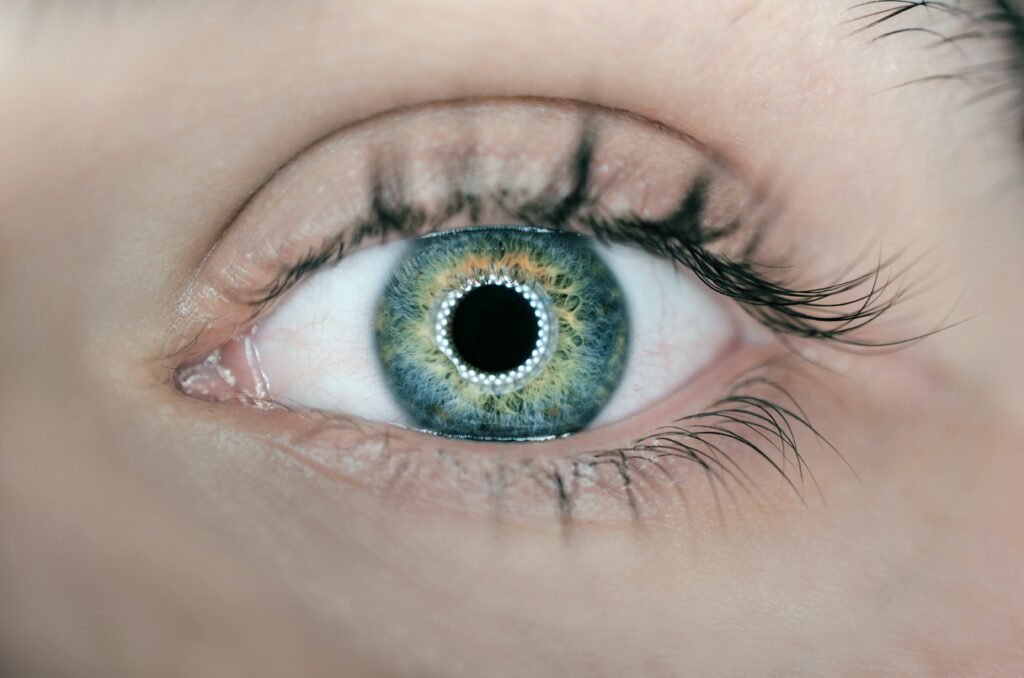
PRK or Photorefractive Keratectomy is a form of refractive surgery. In this kind of surgery, the experts use a laser to treat vision conditions caused by refractive errors. Experiencing a refractive error implies your eyes do not refract eyes correctly. When it comes to PRK, your ophthalmologist will be using a laser to change the shape of your cornea. This enhances the way light rays are directed on the retina. PRK surgery is conducted to improve myopia, astigmatism, and hyperopia. In other words, it is done to correct nearsightedness and farsightedness.
The key reason for photorefractive keratectomy is to correct your refractive problems to enhance vision. PRK is significant since it can lessen your need to contact lenses or eyeglasses. In some occurrences, it allows you to do without them.
Reasons Why You Should Get PRK
If your eyes are dry or you have a thin cornea and are looking to have refractive surgery, PRK eye surgery may be an incredible choice. This is because this condition does not allow you to have other types of surgery, such as LASIK.
Besides, if you have an active job or lifestyle, it will help if you opt for PRK than LASIK. This is because PRK eye surgery is a more straightforward procedure that does not involve cutting the flap of your cornea like LASIK and other similar eye operations do. If you are handling active activities, you could accidentally dislocate the corneal flap leading to problems.
Qualifications for PRK Surgery
For you to have a PRK surgery done on you, it will help if you have the following requirement:
- The ideal age for PRK surgery should be 21 years and above when the vision has probably stopped altering.
- It is significant for your cornea to be healthy, and your entire eye health must be excellent.
- The prescription for your eye should not have changed in the last year.
- Your refractive eye problem must be the one that suits PRK surgery.
- You must have sensible expectations concerning what PRK can and cannot do for you.
Additionally, some individuals are not candidates for PRK. They include:
- Individuals with an unstable refractive problem.
- Pregnant or lactating women.
- History of severe eye infections.
- Skin conditions or other disorders can interfere with the healing process.
- A chronic diabetes
- A cataract that affects vision
It is essential to discuss what may bar you from having PRK eye surgery with your ophthalmologist. Also, it is best to ask your doctors about PRK vs LASIK options.
Reasons Why You Should Have Eye Examination First
It is fundamental for your ophthalmologist to examine your eyes and determine whether you can go for PRK surgery. First, the doctor will check the overall health of your eye. There will be an assessment of your cornea, refractive error, and the size of pupils will also be evaluated.
The PRK Procedure
Vision Test
First, before PRK surgery is conducted, your ophthalmologist will have a test on you to make sure your vision is stable. Also, the expert will determine serious your refractive error is and whether PRK can be used to correct your vision.
Tests for Other Eye Problems
Your doctors will make sure you are not suffering from any eye condition; it is essential since other eye problems could affect your surgery, or PRK eye operation could worsen those others.
Assess and Map the Surface of Your Cornea
Before PRK eye surgery, your ophthalmologist must evaluate the thickness of your cornea and make an exact measurement of its surface. Your surgeon will be using these measurements to program the computer-based laser used during the operation. Finally, your ophthalmologist will evaluate the size of your Pupil It before proceeding with the surgery.
What to Expect of the PRK Eye Surgery
When it comes to PRK eye surgery, it is usually conducted in an outpatient surgery facility. The good thing is that the procedure usually takes the shortest time possible. It takes not more than 20 minutes. Below are what to expect.
- First, you will be given some eye drops to make your eye numb.
- The surgeon will hold your eyelid with an eye-holding device to make it stiff.
- Then your ophthalmologist will eliminate the outer layer of cells on your cornea, called the epithelium. You should know that this procedure can only be conducted using a special brush laser, blade, or alcohol solution.
- Finally, you will be directed to stare at a target light to stop your eye from moving. The surgeon then reshapes your cornea using a unique device that has been preprogrammed to measure your eyesight.
PRK vs. LASIK
The significant difference between PRK and LASIK is the procedure of the surgery. During PRK eye operation, the ophthalmologist will brush the top layer of the cornea with a unique brush to allow access to the eye area that requires correction with a laser. While during the LASIK eye surgery, the expert will make a dependent flap on the cornea’s surface to use an interlace femtosecond.
Keeping this guide in mind, you can consult your doctor and learn whether you qualify for PRK or LASIK surgery.



